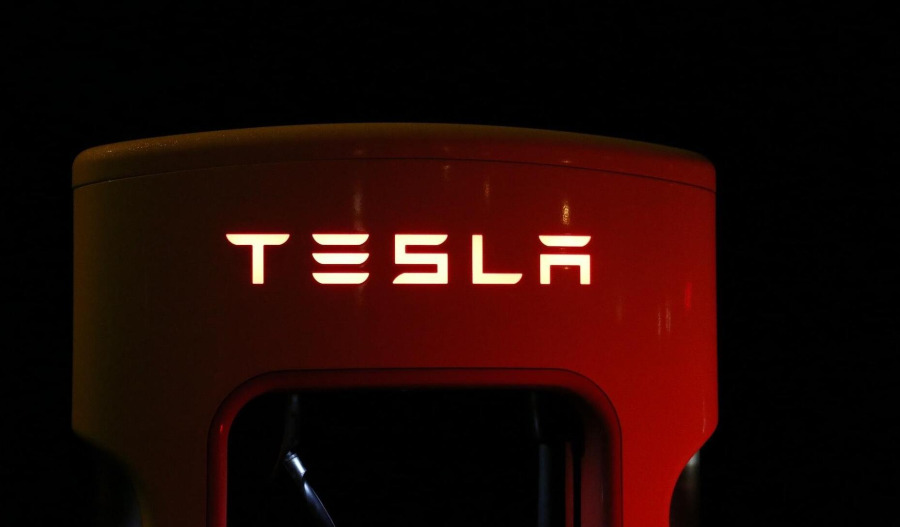British Prime Minister Keir Starmer’s announcement that the United Kingdom’s first small modular nuclear (SMR) reactor will be built in north Wales has drawn immediate scorn from the United States, which had wanted a large, U.S.-led plant built there as part of its greater involvement in the UK's energy sector.
The decision by the British government to nominate engineering company Rolls-Royce to design the SMR follows on the heels of a UK and U.S. nuclear partnership agreed upon in September, potentially worth around £76 billion.
Touted as a first of its kind, the UK’s first SMR at Wylfa, on Anglesey in North Wales, will be built by the publicly owned Great British Energy-Nuclear (GBE-N) and is backed by £2.5 billion (US$3.29 billion) investment from the government.
However, plans for an SMR at Wylfa provoked an angry response from the U.S., with Ambassador Warren Stephens describing his country as “extremely disappointed” by the decision.
While the ambassador had been pushing for a larger reactor, the decision to award the design to Rolls-Royce is seen as a broadside to the U.S. firm Westinghouse, which had reportedly presented plans to the UK government to build a new gigawatt station at the site.
Stephens told the media there were “cheaper, faster and already approved options to provide clean, safe energy at this same location”.
“If you want to get shovels in the ground as soon as possible and take a big step in addressing energy prices and availability, there is a different path and we look forward to decisions soon on large-scale nuclear projects,” he added.
“As I have repeatedly said, we want the UK to be the strongest possible ally to the United States and high energy costs are an impediment to that.”
Stephens’ comments follow the U.S. president’s outspoken criticism of Britain's energy policy, the country's windfarms and efforts to reach net zero by 2050 and calls on the government to drill more oil from the North Sea.
However, the UK Energy Secretary Ed Miliband rejected the criticism, suggesting Stephens’ unhappiness was less about the size of the reactor or how long it would take to build, and more about an American company missing out.
“We have chosen a British company, not an American company, sadly for the US ambassador,” Miliband told the BBC.
He said they picked Rolls-Royce for the “prime site for our flagship programme of small mod reactors”, which was going to build a fleet of up to eight reactors, thus bringing costs down.
The UK government also announced that the GBE-N will be identifying potential sites for another large-scale nuclear power plant.
the GBE-N is expected to report back by autumn 2026 and has been requested by Miliband to look for potential sites across the UK and Scotland.
The new mini-reactors are expected to power around 3 million homes and will support up to 3,000 jobs in the local community during construction, with a plan to connect them to the grid in the 2030s.
There are currently two large-scale nuclear power plants under construction in Britain, one at Hinkley Point C in western England, and one at Sizewell C in eastern England.

Join our community of decision-makers. No card required
Join now

